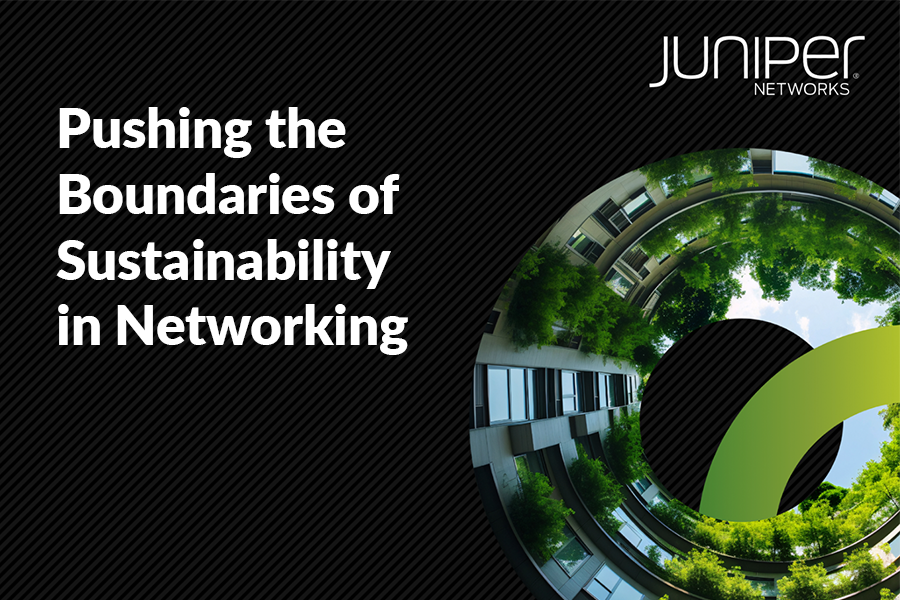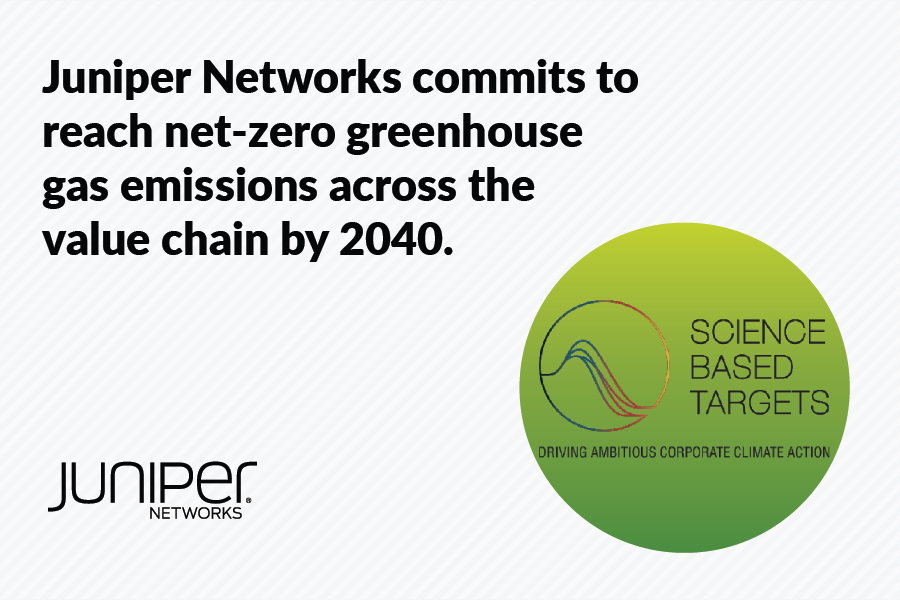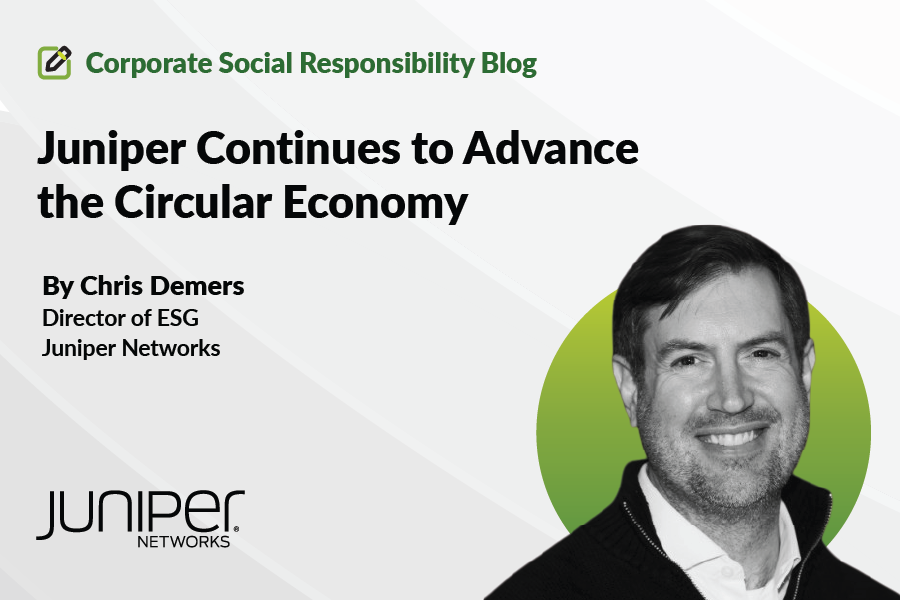When we announced two years ago that we would make our global operations carbon neutral by 2025, we set out to do so through energy efficiency measures and clean energy sources – only leveraging carbon offsets where our actions would leave us short of our emission reduction goals. It was a positive first step toward creating a more sustainable business. But we believe climate goals should be centered on actual emissions reduction.
At Juniper, we are committed to truly zeroing out our emissions not just in our own operations but across our entire value chain. This has become a top priority for us, and a vast majority of our customers regularly ask us how we can help them achieve their emission reduction goals, especially amid the surge in data center power consumption from AI training and inference.
This is why I’m proud to say Juniper is now committed to the Science Based Targets initiative (SBTi) for our short-term and long-term targets to achieve net-zero emissions by 2040. We are currently in the validation process and once completed, we will follow a standards-based and highly quantifiable way to continue reducing our carbon footprint. This will include a near-term target of 42% reduction for emissions across our operational footprint alongside a 25% reduction for our value chain emissions by 2030 (using a 2022 baseline).
Fortunately, we’ve already been on this path for several years because we believe sustainability is an important element of how we show up as a global company.
On April 30th, we celebrated the announcement of Juniper’s participation in an aggregated deal to purchase solar energy from a 180-megawatt project in Texas. Once online, it is expected to generate renewable electricity equivalent to 70% of Juniper’s electricity demand in North America.
Additionally, in 2023, a solar farm that we commissioned in our most emissions-intensive location of Bengaluru, India, complemented two other renewable energy agreements to power the site with more than 87% renewable energy.
As we continue with our emissions reduction journey, we will drive energy efficiency in our products; replace materials in our packaging with more environmentally friendly and recyclable options; and rearchitect the way we transport our solutions around the world.
And now, we will do so with more measurable accountability and demonstrated progress under the SBTi.
The environmental challenges of today can be daunting, but we have found we can provide corporate leadership in this area so long as our work continues to be informed by science, high impact actions, and clear milestones.
I look forward to detailing our progress as we move forward. With defined science-based targets and a comprehensive emissions reduction roadmap, I am confident in our ability to deliver ever-more sustainable networking solutions.


